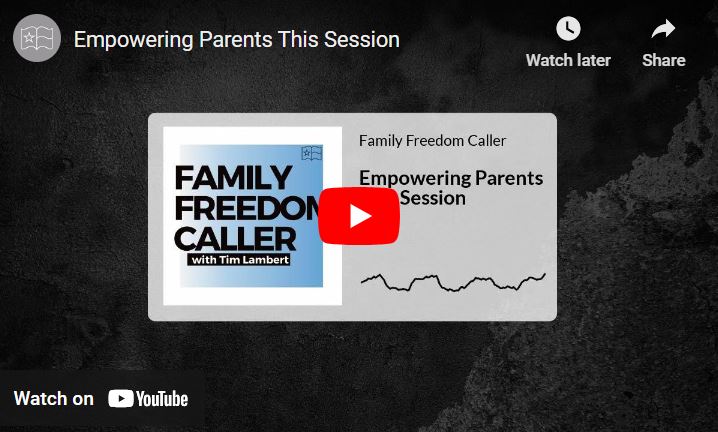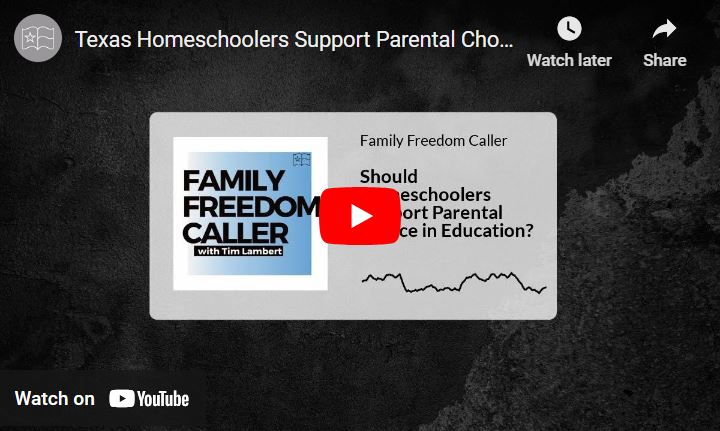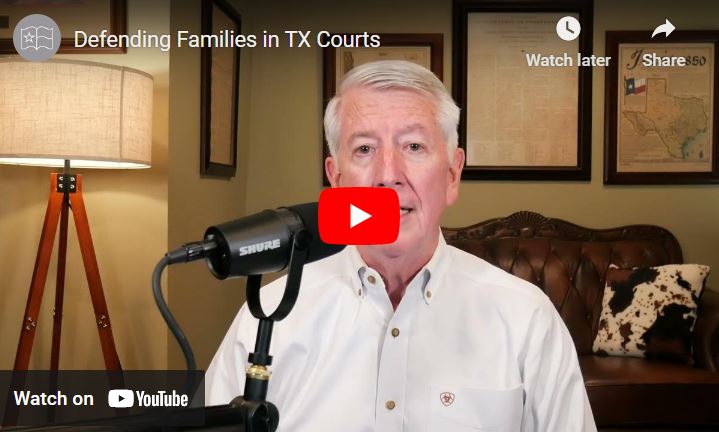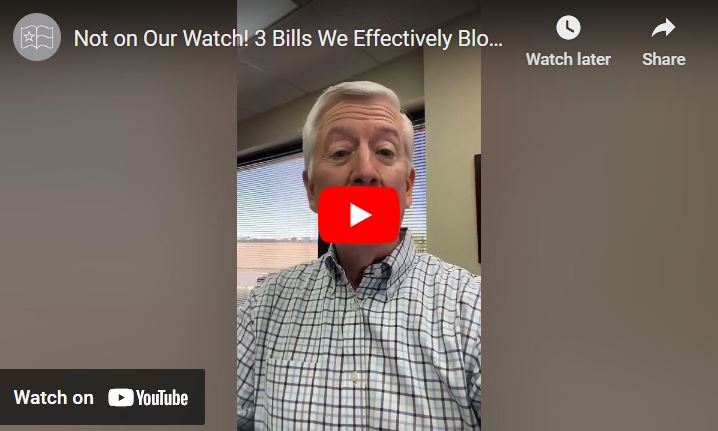During the Texas legislative session, THSC’s team in Austin advocates for legislation that protects the right of families to raise their children. Perhaps the area most in need of pro-family reform is the Child Protective Services (CPS) system. Although significant reforms were made in 2017, many more are still needed.
In every CPS case, the primary goal is the reunification of a removed child with his or her family. Unfortunately, this goal often takes a back eat to the completion of court-ordered services.
Why does this happen?
When CPS takes possession of a child, it must prove to the court that one of three circumstances exists, depending on the type of removal that CPS pursues:
- There is a continuing danger to the child and allowing the child to remain in the home would be contrary to the child’s welfare;
- There is an immediate danger to the physical health or safety of the child; or
- The child has been a victim of neglect or sexual abuse.
If CPS fails to prove the required elements, the court cannot order the removal of the child. If the court does order the child’s removal, a 180-day time period begins within which the court must hold a hearing (called a permanency hearing) to determine a goal for the child’s permanent placement.
After the initial permanency hearing, the court must continue to hold subsequent permanency hearings at least every 120 days for as long as the child remains in the conservatorship of CPS.
At every permanency hearing, the court must determine whether the child can safely return home and whether returning home is in the child’s best interests. There are two problems with this standard.
First, the standard imposes a heavier burden than the standard required for removing the child in the first place. Second, the court is not actually required to return the child home even if the court finds that the child can safely return home and that returning home is in the child’s best interests.
Instead of prioritizing reunification, the court often postpones the child’s return until the parents have completed all of their court-ordered services. This practice not only harms the child, but it also increases the burden that fit parents endure in trying to get their children back.
The child should return home as soon as he or she can safely do so.
The Child Trauma Prevention Act, which is THSC’s top priority for this legislative session remedies the problem described above by requiring the court to return the child to the parent(s) after each permanency hearing unless the court finds that there is a continuing danger in the home to the physical health or safety of the child and that returning home is contrary to the child’s welfare.
This provision ensures that the child is actually returned home as soon as it is safe to do so and that the presumption that the child should be reunified with his or her family if at all possible is upheld.
The Child Trauma Prevention Act (HB 3331 and SB 2091) is one of many CPS reforms that THSC is working on this legislative session. To stay up-to-date on the progress of our legislative priorities, sign up for email alerts today or text “TXHOMESCHOOL” now to 919191 to receive legislative alerts and be a part of Keeping Texas Families Free!
During the Texas legislative session, THSC’s team in Austin advocates for legislation that protects the right of families to raise their children. Perhaps the area most in need of pro-family reform is the Child Protective Services (CPS) system. Although significant reforms were made in 2017, many more are still needed.
In every CPS case, the primary goal is the reunification of a removed child with his or her family. Unfortunately, this goal often takes a back eat to the completion of court-ordered services.
Why does this happen?
When CPS takes possession of a child, it must prove to the court that one of three circumstances exists, depending on the type of removal that CPS pursues:
- There is a continuing danger to the child and allowing the child to remain in the home would be contrary to the child’s welfare;
- There is an immediate danger to the physical health or safety of the child; or
- The child has been a victim of neglect or sexual abuse.
If CPS fails to prove the required elements, the court cannot order the removal of the child. If the court does order the child’s removal, a 180-day time period begins within which the court must hold a hearing (called a permanency hearing) to determine a goal for the child’s permanent placement.
After the initial permanency hearing, the court must continue to hold subsequent permanency hearings at least every 120 days for as long as the child remains in the conservatorship of CPS.
At every permanency hearing, the court must determine whether the child can safely return home and whether returning home is in the child’s best interests. There are two problems with this standard.
First, the standard imposes a heavier burden than the standard required for removing the child in the first place. Second, the court is not actually required to return the child home even if the court finds that the child can safely return home and that returning home is in the child’s best interests.
Instead of prioritizing reunification, the court often postpones the child’s return until the parents have completed all of their court-ordered services. This practice not only harms the child, but it also increases the burden that fit parents endure in trying to get their children back.
The child should return home as soon as he or she can safely do so.
The Child Trauma Prevention Act, which is THSC’s top priority for this legislative session remedies the problem described above by requiring the court to return the child to the parent(s) after each permanency hearing unless the court finds that there is a continuing danger in the home to the physical health or safety of the child and that returning home is contrary to the child’s welfare.
This provision ensures that the child is actually returned home as soon as it is safe to do so and that the presumption that the child should be reunified with his or her family if at all possible is upheld.
The Child Trauma Prevention Act (HB 3331 and SB 2091) is one of many CPS reforms that THSC is working on this legislative session. To stay up-to-date on the progress of our legislative priorities, sign up for email alerts today or text “TXHOMESCHOOL” now to 919191 to receive legislative alerts and be a part of Keeping Texas Families Free!










